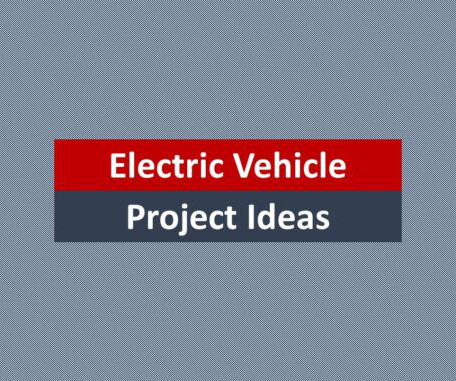ICCT LCA study finds only battery and hydrogen fuel-cell EVs have potential to be very low-GHG passenger vehicle pathways
Green Car Congress
JULY 21, 2021
This is especially important for assessing the GHG emissions of PHEVs. For battery EVs, the GHG emissions for “fuel/electricity” production are dominated by the coal and natural gas used in electricity generation. —“A global comparison of the life-cycle greenhouse gas emissions of combustion engine and electric passenger cars”.



















Let's personalize your content